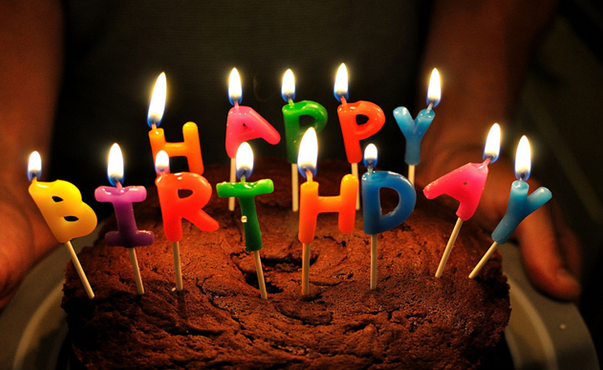What is the probability that two people have the same birthday? (The Birthday Paradox)
Let’s say there are 23 students in your class.
What is the probability that two students in your class have the same birthday?(we’ll ignore February 29 for the purposes of the problem)
ANSWER
There is a 50% chance …!!!
Are you agree with me??????
Once a population hits 366 people, it is statistically guaranteed that two people have the same birthday by the††pigeonhole principle. However, assuming that all birthdays are equally likely, once you have 57 people grouped together there is a 99% chance that two of them have the same birthday!
How do we figure this out?
- Let’s look back at the class to understand how this is possible.
- We are going to calculate the converse probability that no two people in the group share the same birthday to figure out what we want.
- Figuring out the probability that at least two students in the class have the same birthday is difficult if you attack it head on.
- Figuring out the probability that nobody in a group of people has the same birthday is much, much easier.
The probability that two students don’t have the same birthday is this:
The probability that three students don’t have the same birthday is this:
The probability that four students don’t have the same birthday is this:
See where we are going with this?
So, the probability that 23 students don’t have the same birthday is:
This means that since there is a 49.3% chance that nobody has the same birthday, there is a 50.7% chance that at least two students have the same birthday.
Following graph show the computed probability of at least two people sharing a birthday amongst a certain number of people.
††pigeonhole principle: if n items are put into m pigeonholes with n>m, then at least one pigeonhole must contain more than one item.
Aruna Bandaranayake

